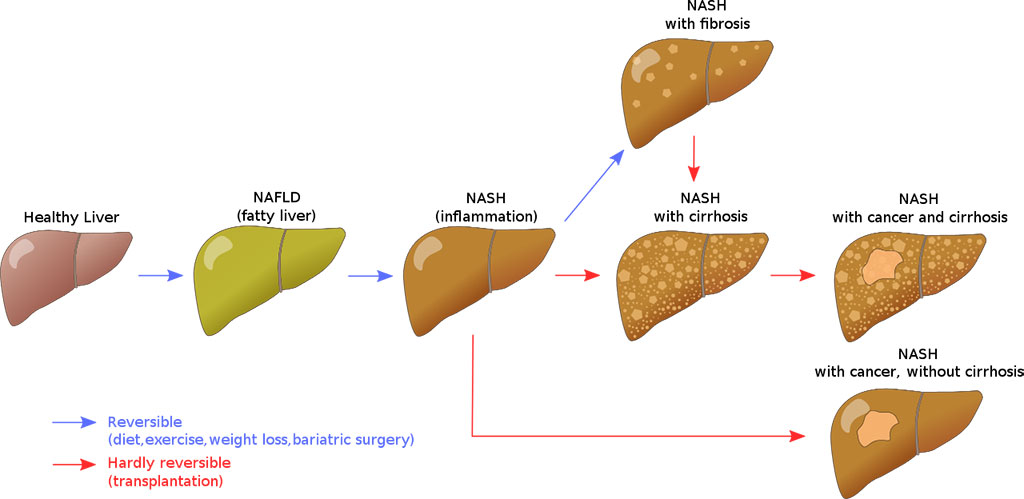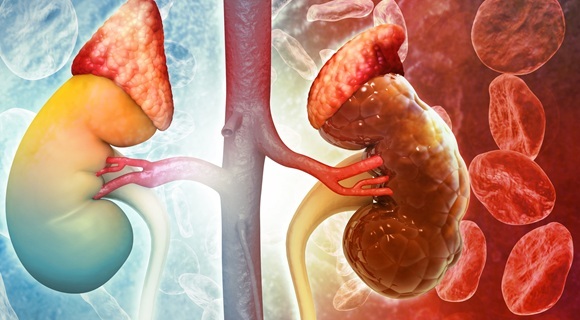Blood Test Predicts Likelihood that Nonalcoholic Fatty Liver Disease Will Progress to Liver Cancer
Posted on 23 Jun 2022
A bioinformatics approach was used to transform a 133-gene panel, which could predict the likelihood of a patient with nonalcoholic fatty liver disease (NAFLD) progressing to hepatocellular carcinoma (HCC), into an easily performed four-protein blood test.
NAFLD is the most common liver disorder worldwide and leading cause of chronic liver disease. The disease affects approximately 25% of the world's population. It is particularly common in developed nations, such as the United States, and affected about 75 to 100 million Americans in 2017. There are two types of NAFLD: non-alcoholic fatty liver (NAFL) and non-alcoholic steatohepatitis (NASH). Non-alcoholic fatty liver usually does not progress to liver damage or NASH. NASH includes both a fatty liver and liver inflammation. A reliable method to predict HCC risk is an urgent unmet need in patients with NAFLD.

In this regard, investigators at the University of Texas Southwestern Medical Center (Dallas, USA) analyzed samples from 409 NAFLD patients to reveal a set of 133 genes that were expressed at levels higher or lower than average in the livers of patients who developed HCC over a 15-year follow-up period. The patients were classified as high- or low-risk based on to what extent these genes were expressed. Over 15 years after the samples were taken, 22.7% of the high-risk patients were diagnosed with HCC while no low-risk group patients developed HCC.
The investigators used a bioinformatics approach to convert the panel of 133 liver genes into a four protein (secretome) signature whose levels could be measured in blood samples for easier risk assessment. When patients were stratified into high- and low-risk groups based on these proteins, 37.6% of patients in the high-risk group were diagnosed with HCC during the 15-year follow-up period while no patients in the low-risk group were diagnosed.
"This test lets us non-invasively identify who should be followed most closely with regular ultrasounds to screen for liver cancer," said senior author Dr. Yujin Hoshida, associate professor of internal medicine at the University of Texas Southwestern Medical Center. "This test was especially good at telling us who was in that low-risk group. We can much more confidently say now that those patients do not need to be followed very closely."
"This means we could actually use these panels of molecules to track how well patients are doing over time or to inform potential effectiveness of medical interventions to reduce liver cancer risk," said Dr. Hoshida. "For instance, the protein blood test, dubbed PLSec-NAFLD, is already being used to monitor the effectiveness of a cholesterol drug in reducing liver cancer risk in an ongoing clinical trial."
The study was published in the June 22, 2022, online edition of the journal Science Translational Medicine.
Related Links:
University of Texas Southwestern Medical Center














